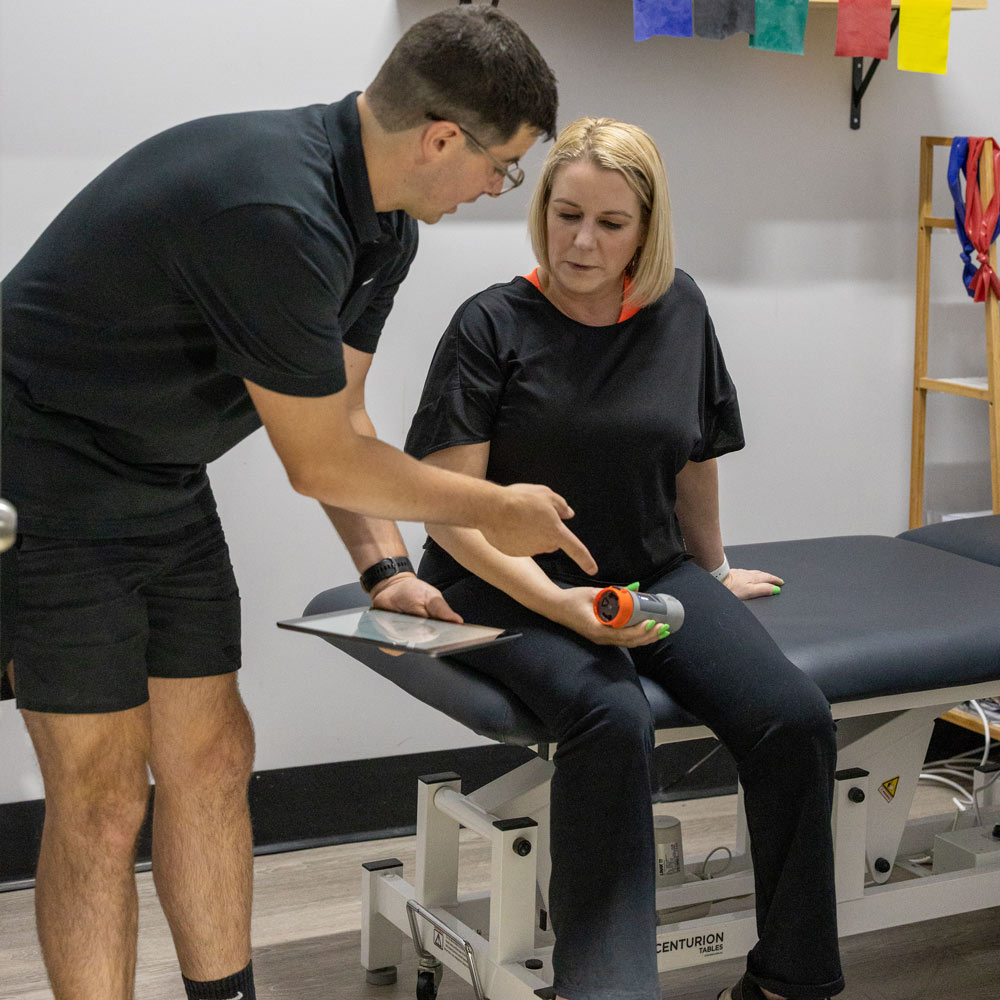Pain can be debilitating, and often stops us from thriving in our everyday lives. It can effect our sleep, diet, and bring to the surface feelings of helplessness, anxiety, and depression when untreated. Persistent pain can produce through conditions such as osteoarthritis, and fibromyalgia, whilst also affecting many people through lower back, neck, shoulder, hip and knee pain.
The body has a great ability to adapt to a stimulus, when we’re in pain our movement changes, and we tend to move in a way that helps to reduce the pain. Often this can overload other parts of the body and lead to deconditioning of the painful areas. The good news is exercise and movement serve a very important role when reducing acute and persistent pain. We know that the right movement and exercise can help improve joint health, strengthen muscles, and improve flexibility. It is also known to have important improvement physiologically to our cardiovascular, and immune system, in addition to positive hormone responses. Here is a list of changes:
- Improvements in pain desensitization
- Improved sleep
- Reduced anxiety and feelings of helplessness
- Improved movement
- Positive cardiovascular, immune, and hormonal responses
Often those that have been in pain for a long time find exercise the hardest to start, and that’s completely understandable. Exercise Physiologists are experts in exercise and movement to accommodate pain, and play an important role in helping to reduce pain so that their clients can return to what they love the most!


